Understand your plant: Plants are living things and can themselves indicate their requirements. For healthy plant growth, it is necessary to observe and study your plants individually and carefully. The dampness of the soil, the posture and colour of the leaves, are a direct giveaway of the needs of your plant. Drooping leaves are a sign of a weak plant. Brown leaves often indicate burning due to excessive sunlight or disease problem. Holes in the leaves suggest insect. Examine your plants daily!
Plant placement: To ensure that your plant thrives, it is crucial that it is placed in the right location. This may involve shifting your plant to different areas until you find the best spot. As different areas of a room receive varied proportions of light, air and moisture, plants react accordingly. Once you find a place that suits your plant avoid shifting it at all as, once settled, they do not like to be disturbed.
Avoid over-watering: Each plant has specific water requirements. This is especially so with indoor plants. Watering depends on the type of plant, location of the plant and also the surrounding. If it is near the window sill, it will tend to lose more water due to evaporation and thus will require to be watered more often. If it is placed in the middle of the room, which receives less or no direct light, it may require less watering. The best way to understand the water requirement of your plant is by doing a soil moisture test. Check by pushing your finger into the soil; if it comes out without any trace of soil on it, start watering. The soil should have the consistency of a damp wash cloth.
Mist your plants: Most indoor plants enjoy an occasional misting of water. This is especially beneficial to plants placed in centrally air-conditioned rooms, as the air becomes very dry. Misting acts as a good moisturizer and can be done using a spray bottle. Make sure you use room temperature water to spray.
Shower your plants: As many of the plants used here come from a tropical environment that receives regular showers of rain, showering your plants in your tub proves extremely beneficial as an alternative to misting. Especially during the summer, try giving a light shower to your plants at least once a week.
Wipe the leaves: It is important that you clean the leaves of your indoor plants regularly with a moist cloth. This will help prevent manifestations of pests and insects due to the collection of dust. Also make sure you wipe the leaves on either side as most of the time insects reside on the lower side of the leaves, which we tend to overlook while cleaning and spraying.
Pest and insect attack: Watch your plant carefully for any insect or pest attack. If you begin to notice signs of infection, try mixing a few drops of non-perfumed liquid soap with water and spray on the leaves of the plant. This helps to kill and control the spread of infection.
Creating the right environment: Although indoor plants require to be kept in lower or moderate temperatures, keeping them under the constant influence of the air conditioner may not be the best thing to do. Air conditioners dry up the surrounding air and end up drying up the plant too. The best thing to do is to reduce the direct blast of the a/c and turn on a fan. Fans not only help in the regular circulation of air but also blow dust off of the plants.



